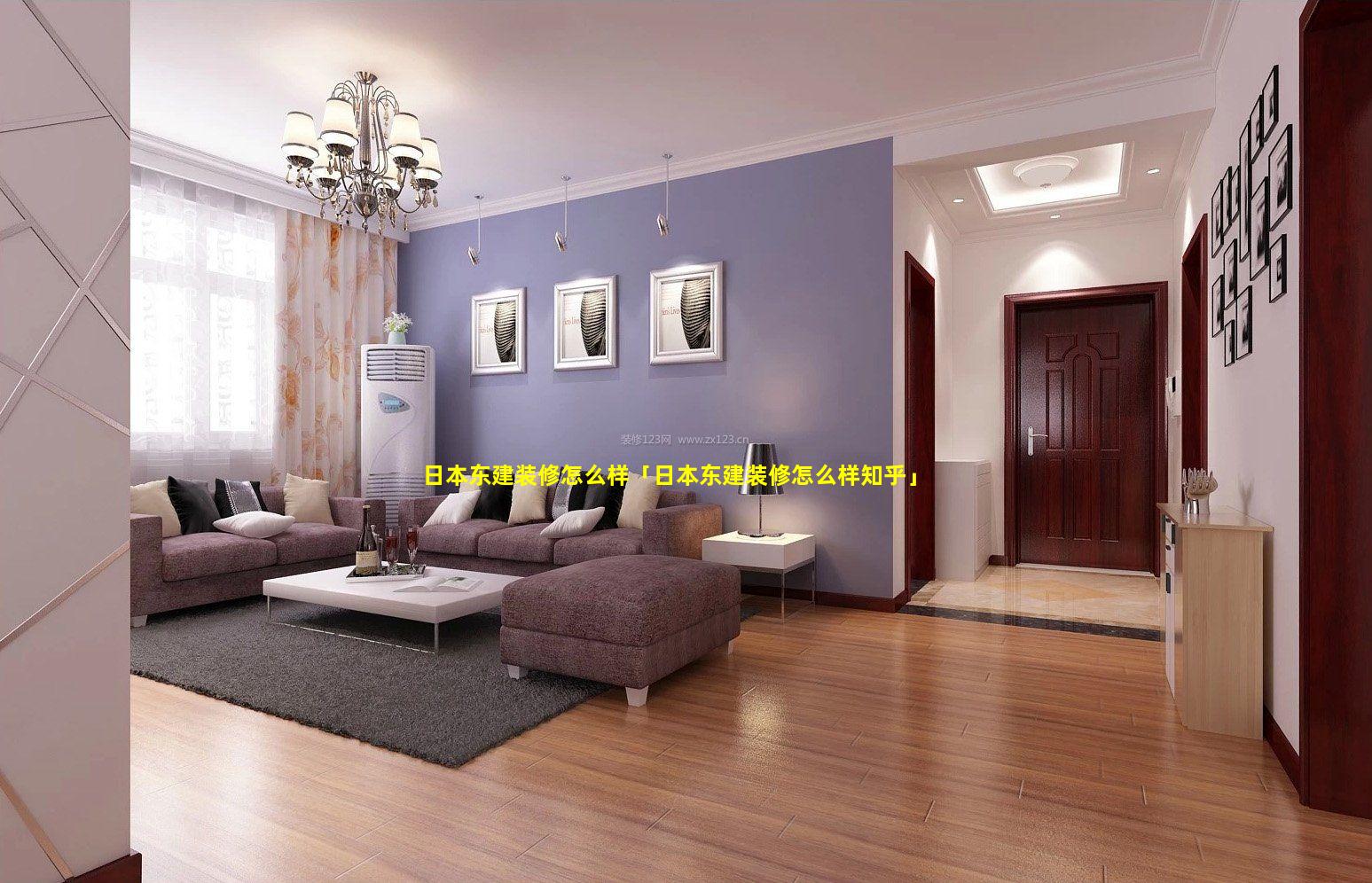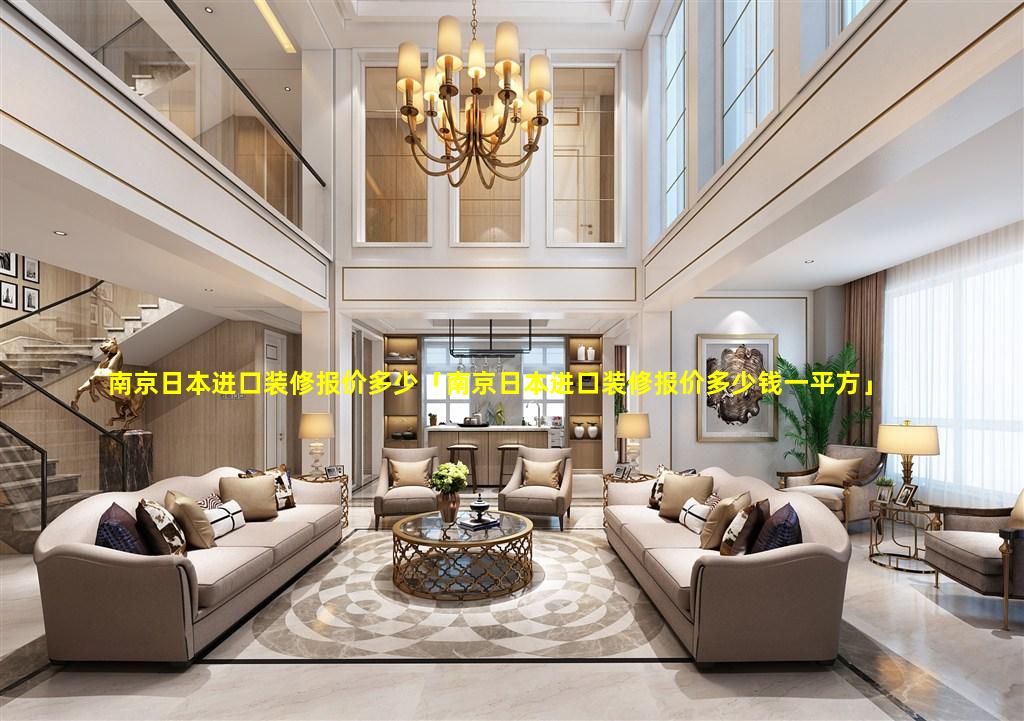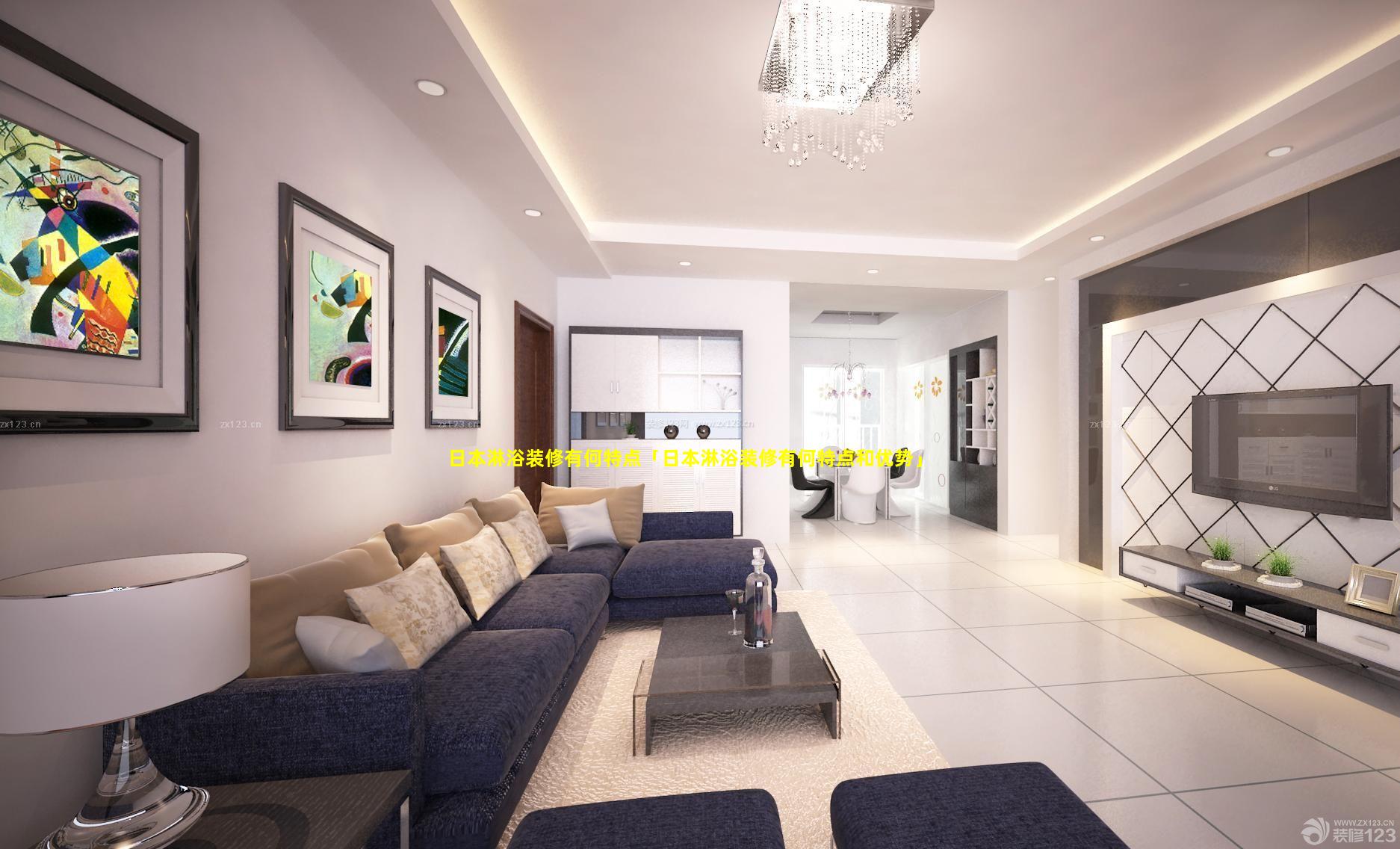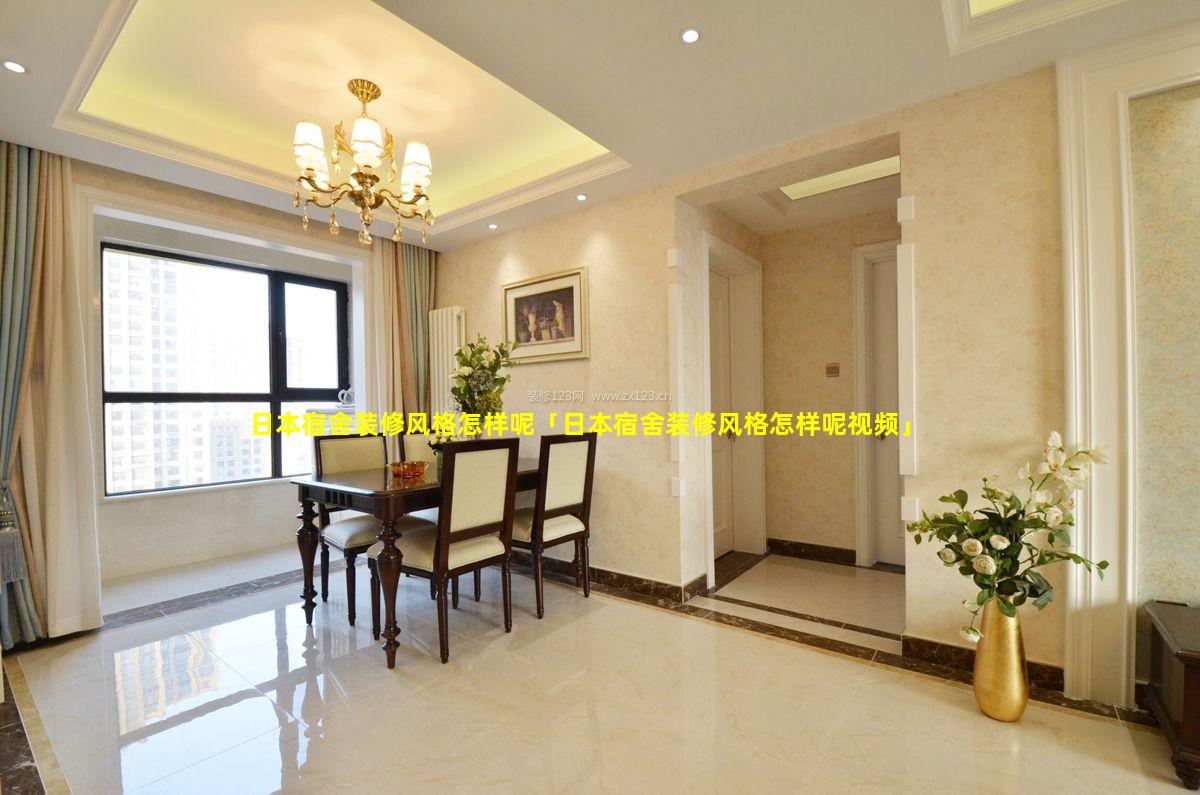1、日本装修规定有哪些呢
日本装修规定
一、建筑法规相关
建筑基準法:规定建筑物的结构安全、火灾预防、卫生等基本要求。
防火建築物条例:规定防火建筑物的结构、材料和设备要求。
耐震基準:规定建筑物抵御地震的能力要求。
二、装修许可相关
装修许可:进行大规模装修时需要向当地政府申请装修许可。
装修工事届出:对于小规模装修,只需向当地政府报备即可。
改建许可:对建筑物结构或用途进行重大改建时需要申请改建许可。
三、材料和设备相关
材料安全:装修材料必须符合日本工业标准(JIS)或其他相关标准的要求。
设备安全:电气设备、燃气设备和卫生设备等必须符合相关安全标准。
环保规定:装修材料和设备应尽量选择环保产品。
四、施工相关
施工责任:业主负责监督施工,确保符合规定要求。
施工人员资质:从事装修工作的施工人员必须具备相应的资质。
施工噪音:施工过程中产生的噪音必须控制在规定范围内。
五、其他相关
邻里关系:装修施工时应注意与邻里的关系,避免造成干扰。
保修和赔偿责任:承包商应对装修工程提供保修,并承担装修过程中造成的任何损失的赔偿责任。
装修费用:日本装修费用较贵,需要做好预算规划。
特别注意:规定可能因地区不同而有所差异。
在进行装修前,应向当地政府和相关机构咨询具体要求。
违反规定可能受到处罚。
2、日本装修规定有哪些呢英文
Japanese Building Regulations
Building Standards Act
Purpose: To ensure the safety and quality of buildings in Japan
Scope: Applies to all buildings, including houses, apartments, offices, and factories
Key provisions:
Materials and construction methods must meet certain safety standards
Buildings must be designed to withstand earthquakes and other natural disasters
Buildings must have adequate ventilation, lighting, and sanitation
Buildings must be accessible to people with disabilities
Building Code
Purpose: To provide specific technical requirements for the design and construction of buildings
Scope: Supplements the Building Standards Act and provides more detailed guidance on how to comply with the law
Key provisions:
Sets minimum dimensions for rooms and spaces
Specifies the types of materials that can be used for different parts of the building
Provides guidance on how to design and construct buildings to withstand earthquakes and other natural disasters
Other Regulations
In addition to the Building Standards Act and Building Code, there are a number of other regulations that apply to the construction of buildings in Japan. These include:
Fire Prevention Act: Sets requirements for the installation of fire safety systems in buildings
Accessibility BarrierFree Act: Requires buildings to be accessible to people with disabilities
Energy Conservation Law: Sets energy efficiency standards for buildings
Earthquake Resistance Law: Requires buildings to be designed and constructed to withstand earthquakes
Enforcement
The Building Standards Act and Building Code are enforced by the Ministry of Land, Infrastructure, Transport and Tourism (MLIT). MLIT has the authority to inspect buildings and issue orders to correct any violations. Failure to comply with the Building Standards Act or Building Code can result in fines or imprisonment.
Importance of Compliance
Compliance with the Building Standards Act and Building Code is essential for ensuring the safety and quality of buildings in Japan. Buildings that are not built to code are more likely to be damaged or destroyed in the event of an earthquake or other natural disaster. They may also be less comfortable and healthy to live in.
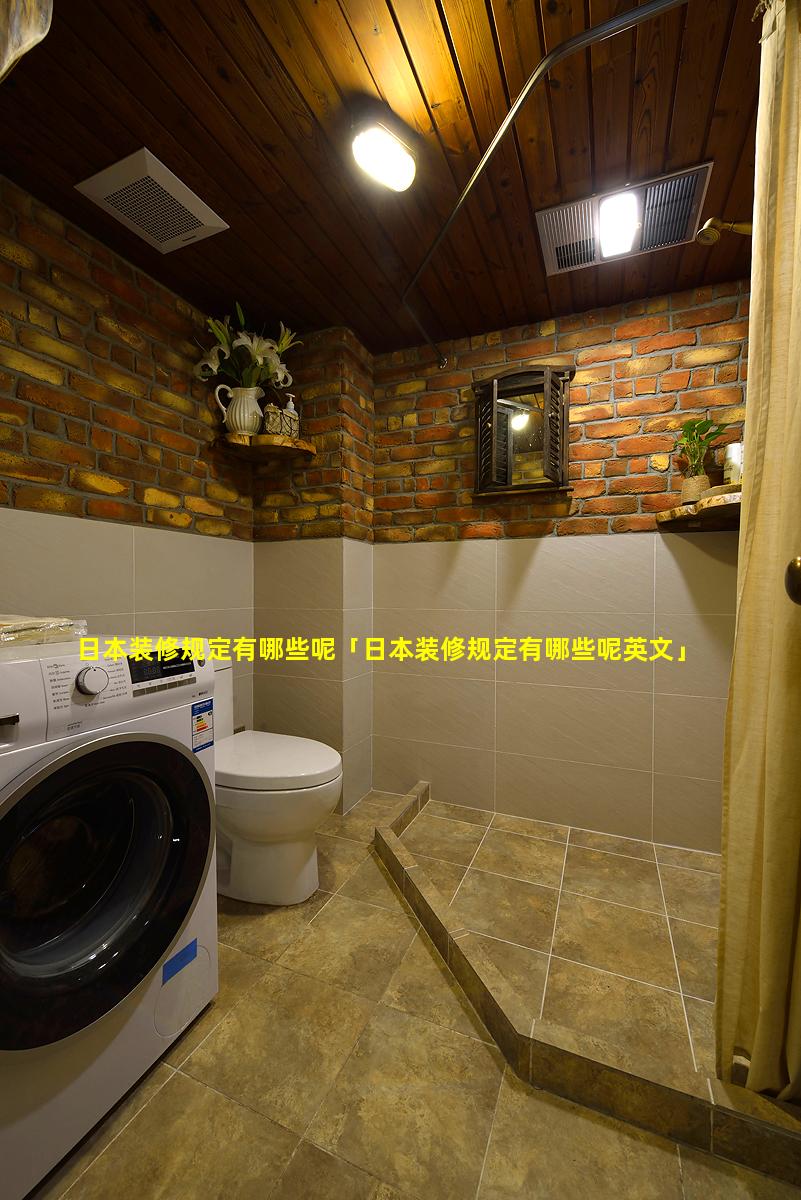
3、日本装修费用高吗
是,日本装修费用相对较高。
以下是影响日本装修费用的几个因素:
人工成本:日本的人工成本很高,装修工人每小时的工资可高达 50 美元。
材料成本:许多用于装修的材料需要从海外进口,这增加了成本。
空间狭小:日本的房屋通常面积较小,导致每平方英尺的装修成本更高。
地震标准:日本严格的地震标准增加了建筑和翻新成本。
许可证和法规:日本对装修和建筑有严格的许可证和法规,这增加了时间和成本。
根据面积和装修水平的不同,日本房屋的装修费用平均在每平方英尺 150 美元至 300 美元之间。
以下是日本不同类型装修的平均费用示例:
基本翻新(粉刷、地板和电气):每平方英尺 150 美元至 200 美元
中等翻新(厨房或浴室):每平方英尺 200 美元至 250 美元
高级翻新(全屋翻新):每平方英尺 250 美元至 300 美元或更多
4、日本装修细节展示
入口玄关 (genkan):入口处的凹陷区域,用于脱鞋和存放鞋子。
榻榻米:传统的日本稻草垫,常用于玄关。
障子门:透光的纸质滑门,可让自然光进入。
起居室榻榻米室 (tataminoma):带榻榻米的房间,用于聚会、睡眠和茶道。
茶室 (chashitsu):专门用于茶道的房间,通常很小且朴素。
壁龛 (tokonoma):壁龛中展示季节性摆件或艺术品。
地板坐垫 (zabuton):坐在地板上时使用的垫子。
厨房橱柜:通常由深色木材制成,有滑动门。
煤气炉:日本住宅中常见的烹饪设备。
抽油烟机:集成在炉灶上方,有助于通风。
紧凑型电器:由于空间限制,厨房电器通常较小。
浴室浴缸:通常是方形或圆形的,用于浸泡。
淋浴:通常与浴缸分开,有小隔间。
马桶:采用先进技术,具有加热座圈和自动冲水功能。
洗手台:通常很小,集成在镜子里。
卧室推拉门:用于分隔卧室与其他区域。
衣橱:内置衣橱,通常有镜子门。
床垫:常放在榻榻米或木质平台上。
灯笼:传统灯具,营造温馨的氛围。
其他细节纸墙 (shoji):透光的纸质屏风或隔断。
格子门 (kōshi):带有几何图案的木质格栅。
石庭 (karesansui):小型景观庭院,由岩石、沙子和苔藓组成。
庭院 (niwa):房后或房侧的户外绿地。
日式桥:跨越水景或花园的小型木桥。
